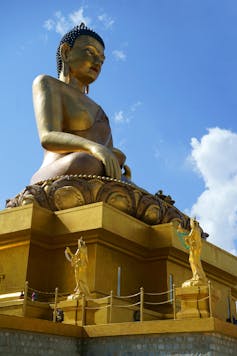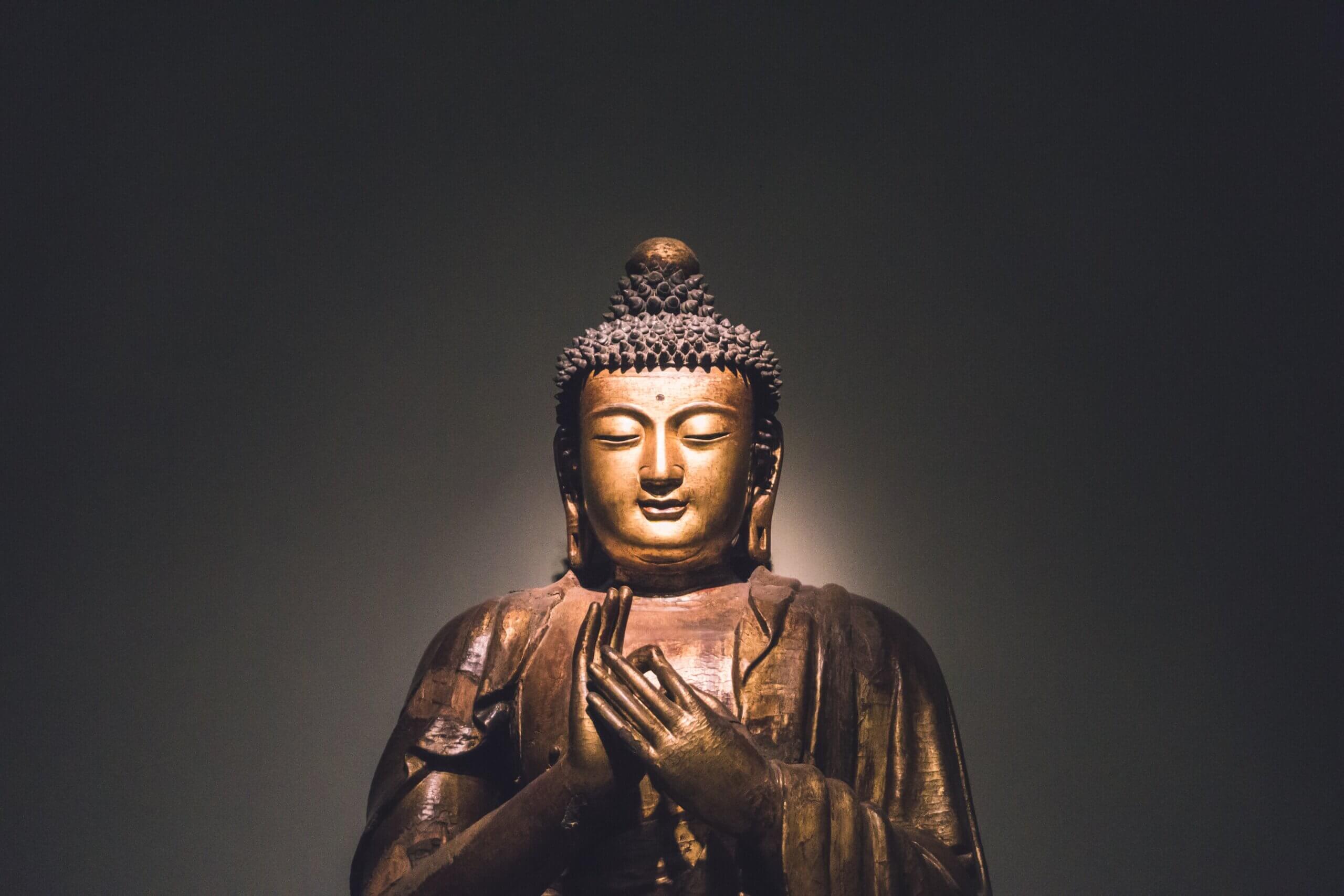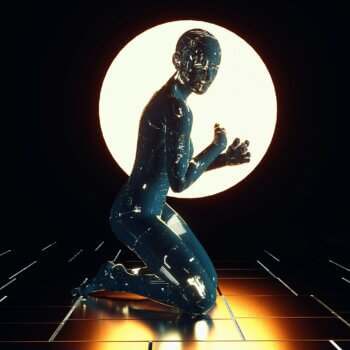Key Takeaways:
For many people, Buddhism appears to be uniquely compatible with modern lifestyles and world views. Buddhist mindfulness has influenced many schools of contemporary psychology. Buddhist philosophy embraces constant change and the inherent impermanence of all things. The 19th century Burmese monk Ledi Sayadawtravelled the nation teaching meditation and founding study groups. The forms of Vipassana meditation he initiated are the blueprint for techniques still found in courses and manuals around the world today. The efforts of these modernisers were the latest in a long series of reconfigurations of the tradition.
For many people, Buddhism appears to be uniquely compatible with modern lifestyles and world views. It provides staunch atheists – those who do not believe in the existence of any god – with a religious experience that does not require belief in supernatural beings. Conversely, it also provides new-age spiritualists with a connection to a deeper reality beyond the bounds of everyday observation and scientific knowledge.
With its non-judgmental exploration of emotions and physical sensations, Buddhist mindfulness has influenced many schools of contemporary psychology. Buddhist philosophy, which embraces constant change and the inherent impermanence of all things, also chimes with today’s fast-paced and fragmented societies.
Some years ago, as I began to practise meditation and study popular teachings of Buddhist belief, I wondered how a 2,500 year-old religion could be so uniquely modern. There seemed to be two possible answers.
One was that the Buddha discovered eternal truths through meditation that are now confirmed by contemporary philosophy and science. That was a nice answer, because it meant that he may have been right about everything and that we can therefore achieve nirvana (the absence of suffering) by following his path.
The other possible answer was that modern Buddhism is a new invention, which uses language and practices from the ancient religion but gives them novel meanings. That answer was sort of depressing, because it meant that much of modern Buddhism could simply be a form of disrespectful cultural appropriation, fetishising exotic Asian spirituality and converting it into a passing consumer fad.
As someone who studies the cultural impact of Buddhism in the west, the question of how this ancient religion could be so modern was an intriguing one. So I turned to scholars who had documented the formation of modern Buddhism: Donald Lopez Jr, David McMahan, Jeff Wilson and Ann Glieg. But I soon discovered the question was more complex than the separate possibilities I lay out above.
Buddhist modernisers east and west
First, I had to overcome my initial assumption that modern Buddhism was a purely western phenomenon. It in fact emerged in the east, as Asian countries wrestled with colonialism and the influence of Christian missionaries.
In the 19th century, visionary monks sought to take Buddhist philosophy and meditation outside the monastery walls, bringing the religion closer to the people, just as Protestant reformers had done with Christianity in Europe. At the same time, western scholars and spiritual seekers saw in ancient texts a non-theisticreligion – the belief that whether or not they exist, deities have no impact on how we should live our lives. As it centred on a mortal man not a God it was therefore compatible with modern rationality.
On the one hand, all these revivalists certainly transformed Buddhism, making it unrecognisable to many Buddhists. They invented a new, modern Buddha, no longer embedded in a universe of reincarnation, multiple heavens and hells, demons and gods. Their recounting of Buddhist beliefs edited out those supernatural elements, or made them into psychological symbols rather than real forces.
However, one can argue that Buddhism had already been transformed numerous times as it spread from India to the rest of Asia over the centuries. The efforts of these modernisers were the latest in a long series of reconfigurations of the tradition.

What I found, rather than an either/or answer, was a captivating cast of characters making up modern Buddhism. The 19th century Burmese monk Ledi Sayadawtravelled the nation teaching meditation and founding study groups. The forms of Vipassana meditation he initiated are the blueprint for techniques still found in courses and manuals around the world today.
American civil war veteran Henry Steel Olcott and Russian aristocrat émigré Madame Helene Petrovna Blavatsky, travelled together to Ceylon (modern-day Sri Lanka) and joined the struggle there against Christian missionaries.
Olcott’s Buddhist Catechism is a forerunner of today’s advocates of an entirely secularised Buddhism, while Blavatsky’s mystical books tell of an ancient secret society based in Tibet. Her work is reminiscent of some of today’s new-age ideas, as well as popular comic fiction like Marvel’s Dr Strange series, with its character the Ancient One, a sorcerer from a secret land in the Himalayas. Olcott, Blavatsky and the Ceylonese monks must have had bizarre and fascinating conversations.
The parade of charismatic figures continues up to the present day, with the revered and recently deceased Vietnamese monk Thich Nhat Hanh, who, along with Jon Kabat-Zinn, helped make mindfulness a household word.
Rather than putting modern Buddhism to the test of authenticity, the more interesting story is how such a diverse range of people founded schools of Buddhist faith, philosophy and psychology based on their personal struggles, or on their social struggles with violence, injustice and widespread mental health problems. And how some of them then became larger-than-life figures, celebrities and icons.
My recent article on the 2013 Spike Jonze film Her argues that the disembodied AI protagonist Samantha, voiced by Scarlett Johansson, is a Buddha-like figure, pointing to a future where AI transcends the bounds of ordinary thought and experience.
It’s interesting that Jonze draws from the concept of Buddhist enlightenment as a model for this fictional future where our machines surpass our cognitive capacity. It shows the continuing relevance of Buddha’s insights for the problems and challenges we face today and will face in the future.
My journey to understand why Buddhism speaks so meaningfully to the modern world also led to a 14-minute documentary called Why Buddhism Now? It tracks the modernisation of Buddhism and comes to the following conclusion:
The new modern religion of Buddhist mindfulness, like all religions, speaks to our gravest social problems and anxieties. It can be part of these problems or part of the solution to them. Buddhism does not offer any final answers, just an invitation to meditate, to explore experience, to watch the mind’s thoughts and learn from the unending flow of all living and non-living things.






























